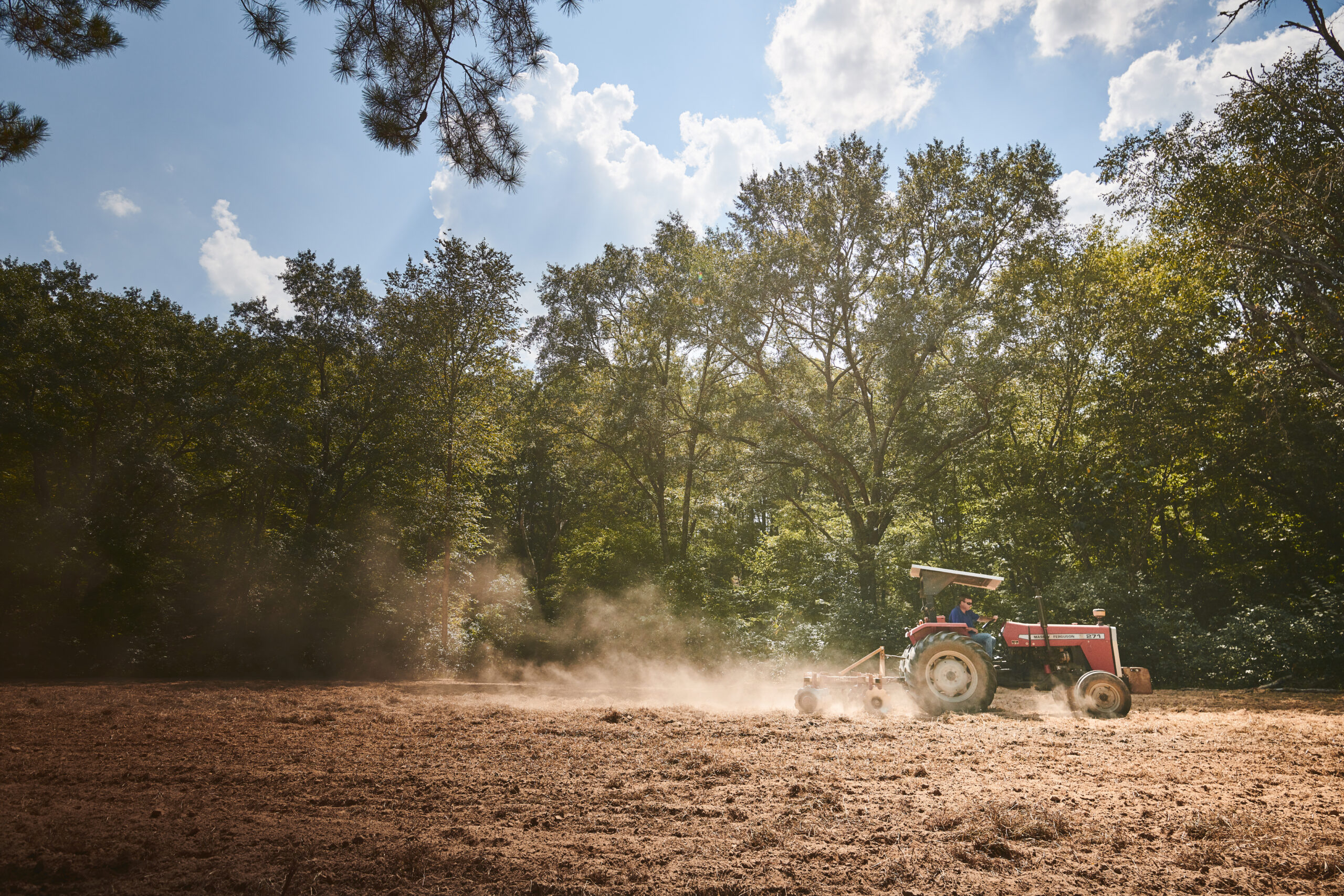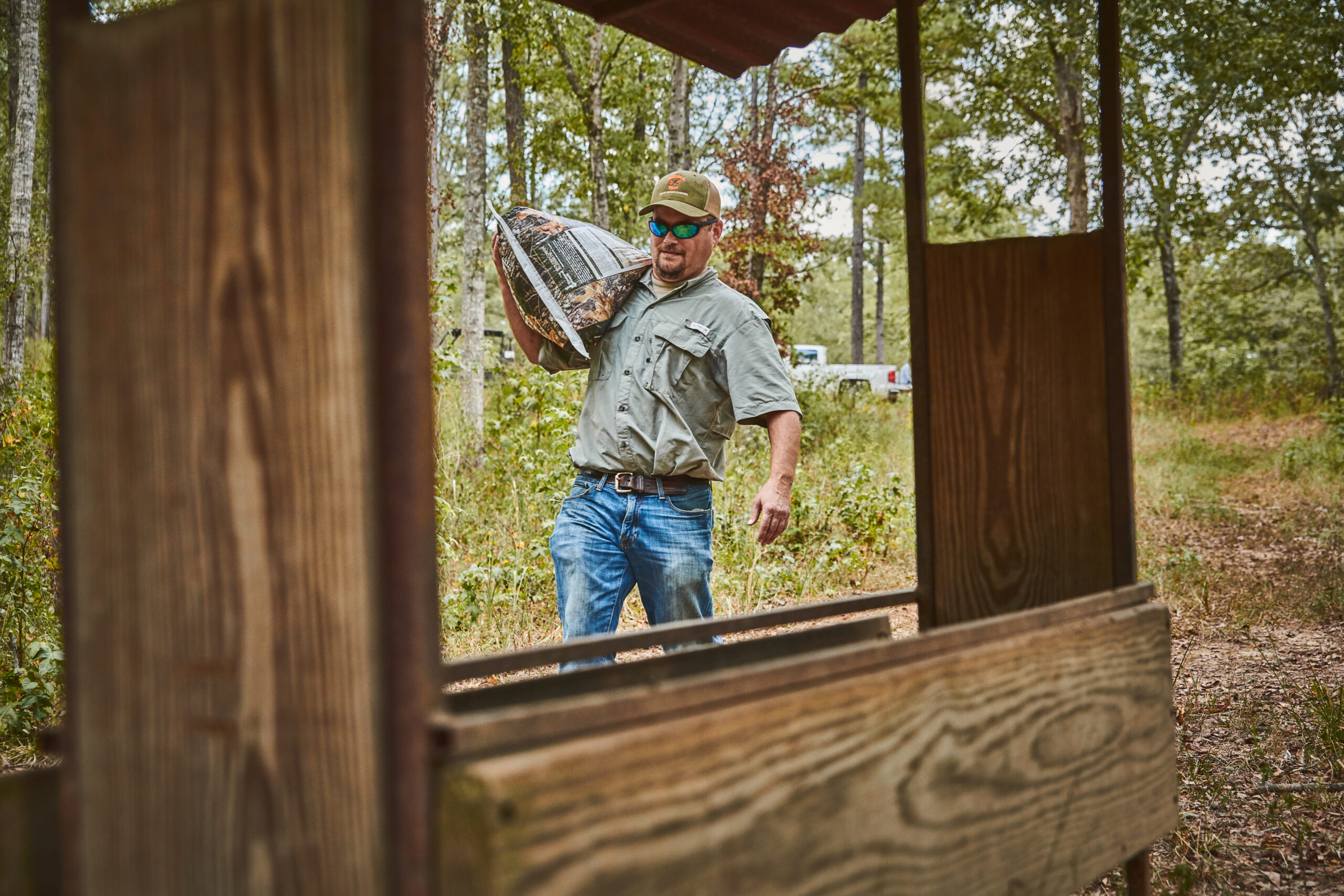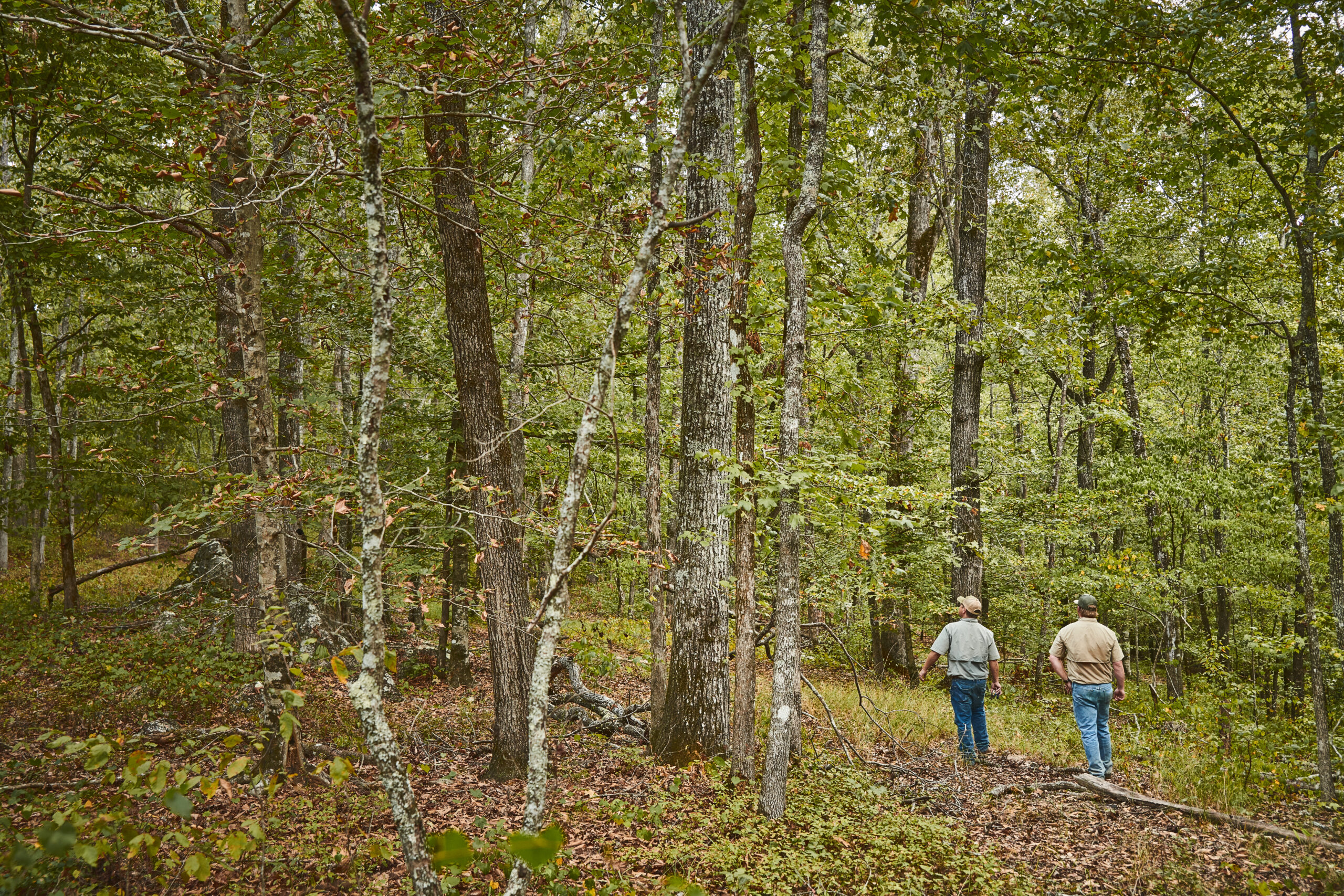There are a lot more factors to consider when dealing with selling recreational lands compared to a normal home sale, and often the buyers have a completely different set of priorities. It all comes down to identifying your property’s strengths and weaknesses. Often recreational property exists for just that, recreation. It’s a refuge for hunters, fisherman, and outdoor enthusiasts alike. Buyers like these aren’t going to be so interested in how many bedrooms the house has as much as they want to know what kind of food plots are planted to attract wildlife. These are questions that your buyers are going to have, and the more ‘yes’ answers you have, the better.
Having a professional survey conducted is a great way to determine your property’s strengths and weaknesses. Working with an experienced team will provide even more useful insight. Planning improvements is much easier with a map in hand, and you can relay this up-to-date information to prospective buyers. Once you identify what your property would be good for, you’ll want to exemplify those good characteristics. If there’s good ponds and other watersheds, hiring a pond management company might be in your best interest to further increase the appeal to buyers that are looking for land for sale with a lake or pond. For areas that aren’t going to be used for a specific purpose the general rules of improving curb appeal still apply. With a normal house this includes a little landscaping, some fresh paint, and reducing clutter. With a recreational property the approach is the same, just a little more involved. The same rules also apply when considering highly customized additions like sunrooms, pools, and other amenities that not every buyer are going to want. While they might attract some buyers, they might also scare off others. Infrastructure is always going to be a better use of your budget. Additional food plots, road systems, and projects that help support wildlife should be at the top of your list. Planting timber can be a great investment if you have the extra room and the time to let it mature. All these projects provide a hard asset that can be used as leverage when discussing a sale price. Light forested areas are the preferred habitat for tons of different animals, and can also provide crucial nesting and foraging grounds.



Access might be one of the biggest factors all buyers have to consider. Ease of that access should also be considered, and a dirt road that washes out every summer might not be considered a benefit as much as it’s just another chore that has to be kept up with. That’s why one of the first projects to improve ROI on large properties is access and road system improvements. Adding utility lines and increasing access to electricity is another good use of improvement funds. It can help your property appeal to buyers looking for a turnkey investment . These are also easier to install in tandem with roads or other access improvements. You’re not trying to offer specific amenities as much as you’re trying to offer an easy palate for the buyer. It’s easier for them to envision their own projects when the infrastructure is already there to support it. Infrastructure improvements are going to be the most beneficial in the long run, however, they’re also going to be the most costly. Drainage improvements and flood mitigation are costly, but it could help attract the kind of buyer who wants a turnkey property ready to enjoy. Sticking to universally useful improvements are going to net more benefit than niche projects. Docks, access roads, and any other improvement that helps the general usability of the property are going to be attractive to more buyers, and that’s going to help you sell in the long run. If you’re interested in selling your land in the Southeast don’t forget to contact your friends at Strong Lands.
They can help you make a professional assessment and help guide you on how to get the most out of your land.

No Comments